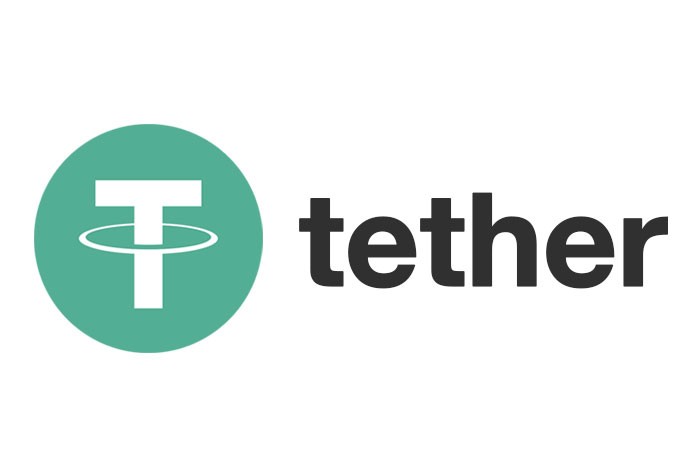Quick Links
The announcement of a Tether stablecoin that is pegged to the Chinese yuan (CNHT) is a huge move in the digital asset industry, and Bitfinex being the first exchange to support deposits and withdrawals with this blockchain is an important first step. This integration of a stablecoin to the Tron blockchain creates more opportunities for international payments and makes cryptocurrency a more viable option for global businesses.
What’s more, it allows for faster transactions and minimal transaction fees, providing investors with flexibility, immediacy, and cost efficiency – making it easier than ever to access crypto assets from virtually any corner of the world. The combination of Tron’s secure blockchain infrastructure and Tether’s CNHT is sure to turn many heads in the global crypto markets.
Past History of Chinese Yuan (CHNT)
CNHT has proved to be a great success since it was first launched in 2019. Developed by Tether, one of the world’s leading stablecoin issuers, this digital currency is pegged to the offshore Chinese Yuan (CNH) and is part of Tether’s four major stablecoins. Its popularity stems from its ability to quickly facilitate international payments with low costs and minimal risk, allowing for a much faster and more secure exchange between CNH and US dollars (USD).
Not only does CNHT allow for seamless transactions between CNH and USD, but users also benefit from immediate access to their funds — making it an ideal choice for global payment settlements. The combination of its fast transaction speeds, extremely low fees, and high security make CNHT an attractive alternative to fiat currencies.
Why are Stablecoins Important?
Stablecoins have been gaining traction as the digital asset industry matures, and they aim to provide an alternative to the high volatility of popular cryptocurrencies such as Bitcoin (BTC). This instability can make these types of cryptocurrencies less suitable for making common transactions. One key feature of stablecoins is that they use a variety of methods to stabilize their value; this includes linking them to a reserve asset, creating currency-backed tokens, algorithmic stability mechanisms, and more.
Are Stablecoins Ultimate Solution for Crypto Volatility?
As the cryptocurrency industry grows, so does the need for a reliable means of exchanging digital money. Stablecoins are meant to offer that – stable prices based on supported fiat currencies – but there’s one major problem: lack of regulatory oversight. Unlike traditional digital currencies, governments and regulators don’t always have jurisdiction over stablecoins.
This lack of clarity can lead to ambiguity and opacity when it comes to asset calculation, taxation, and overall legitimacy. And since crypto-backed assets are relatively new in the financial world, existing regulations often can’t keep up with developments in this space. Unfortunately, until we have more concrete regulations in place, some governments may be unwilling to work with stablecoins; meaning they could remain isolated from global trading networks.
However many investors and crypto enthusiasts believe that crypto assets could one day be used in traditional markets with the help of stablecoins. Ultimately, stablecoins are becoming increasingly important in the world of cryptocurrency and offer an exciting solution capable of reducing volatility.










